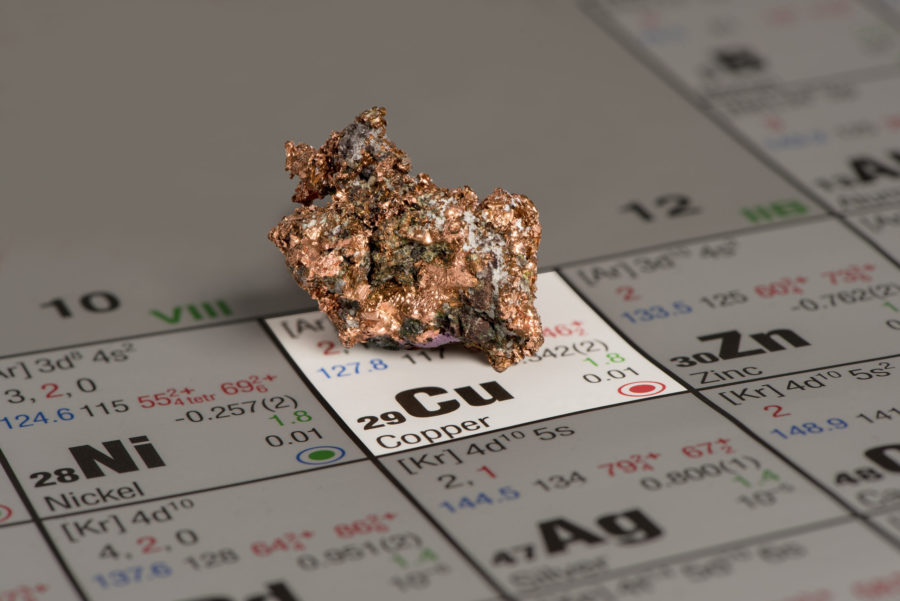Muddy Waters using outdated and dubious data, Asanko CEO says
Muddy Waters is using outdated information and “dubious drone technology” as the basis for its decision to short Asanko Gold Inc.’s stock, with the sole goal of trying to make the shares worthless, the Canadian miner’s chief executive officer said.
The activist short-seller Muddy Waters, founded by Carson Block, issued a report last week saying it was shorting Asanko, which it believes is “highly likely to end up a zero.” That sent Asanko tumbling on Wednesday before the shares were halted for the day.
“Their whole plan is to cut off your financing so that you do go to zero,” Asanko CEO Peter Breese said Monday in an interview in Toronto. “What they don’t realize is we’ve got lots of flexibility.”
The Vancouver-based miner issued a statement last week rebutting the Muddy Waters report and presented a feasibility plan for its West Africa gold mine to investors on Monday. In the interview after the presentation, Breese said Block has sharply underestimated the company.
“We don’t need money. We don’t need equity,” Breese said in the interview. “We are perfectly able to survive on our own, and not just survive but actually make money.”
Delayed Spending
Even so, the report has eroded Asanko’s ability to raise money if something goes wrong, Breese acknowledged during the presentation. In response, it has decided to delay some spending on a conveyor for six to 12 months, ensuring it will end the year with $80 million to $90 million in the bank. The company has the option to delay the conveyor spending for as many as four years, he added.
Asanko fell 2.4 percent to C$2.07 at 12:43 p.m. on Monday, giving the company a market value of C$420.8 million ($312.1 million). The shares are down 18 percent since Tuesday, the day before the Muddy Waters report was made public.
Breese said Muddy Waters used an outdated resource model from 2014 to make its conclusions, choosing to ignore the findings of a more up-to-date model published in February of this year. He also disputed the report’s findings on the steps and spending needed to deal with a side-wall failure at the mine.
“How do I even comment when they are not even using the right models?” he said in the interview. “Despite us publicly doing a road show on the new resource, they’ve elected to use the old resource model, which is totally irrelevant for business planning purposes.”
‘Seriously Misleading’
A Muddy Waters spokesman said Block wasn’t immediately available to comment. In an interview last Wednesday, Block said Asanko had backed itself into a corner from which it was unlikely to escape without gold rallying to $1,700 an ounce.
Spot gold was trading at $1,279.56 an ounce at 12:42 p.m. in New York on Monday.
Muddy Waters said its 43-page report included analysis based on information from 21 sources in Ghana with extensive knowledge of Asanko’s operations.
Breese says Block has never reached out to his company, nor have Muddy Waters investigators visited the mine site.
The Muddy Waters report was released almost a year after K2 & Associates Investment Management, a Toronto-based activist hedge fund, took a short position in Asanko and said the miner had 90 percent downside potential. At the time, Asanko responded by standing by its 2016 guidance and called the K2 report “seriously misleading.”
However, on Monday Breese said it was the K2 report that prompted Asanko to seek a “second opinion” from industry consultant CSA Global, which ultimately resulted in it adopting the new resource model. Its previous model — the one Breese says is being used by Block — was drawn up by CJM Consulting, he said.
More details of the CSA model will be published in July, Breese said, but in the meantime he hopes shareholders will take a long-term view despite the Muddy Waters report.
“They can carry on slinging mud at me,” Breese said. “The only problem is they are destroying shareholder value.”
More News
Copper industry needs to invest $2.1 trillion over the next 25 years to meet demand
Some of the world’s largest mining companies, market analysis firms and bank are warning that this year, a massive shortfall will emerge for copper.
February 28, 2025 | 10:48 am
As Trump and Zelenskiy discuss minerals deal, production in Ukraine remains years away
Turning Ukraine's reserves of lithium and rare earths into operating mines and constructing processing facilities is a mammoth undertaking, experts say.
February 28, 2025 | 09:44 am
{{ commodity.name }}
{{ post.title }}
{{ post.excerpt }}
{{ post.date }}



Comments